Best aero bikes 2025: the world's fastest bikes ridden and rated
Aero bikes are no longer just for the sprinters. They now dominate the pro peloton regardless of parcours. See why you should follow suit with our six top picks for the best aero road bikes
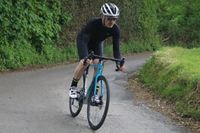
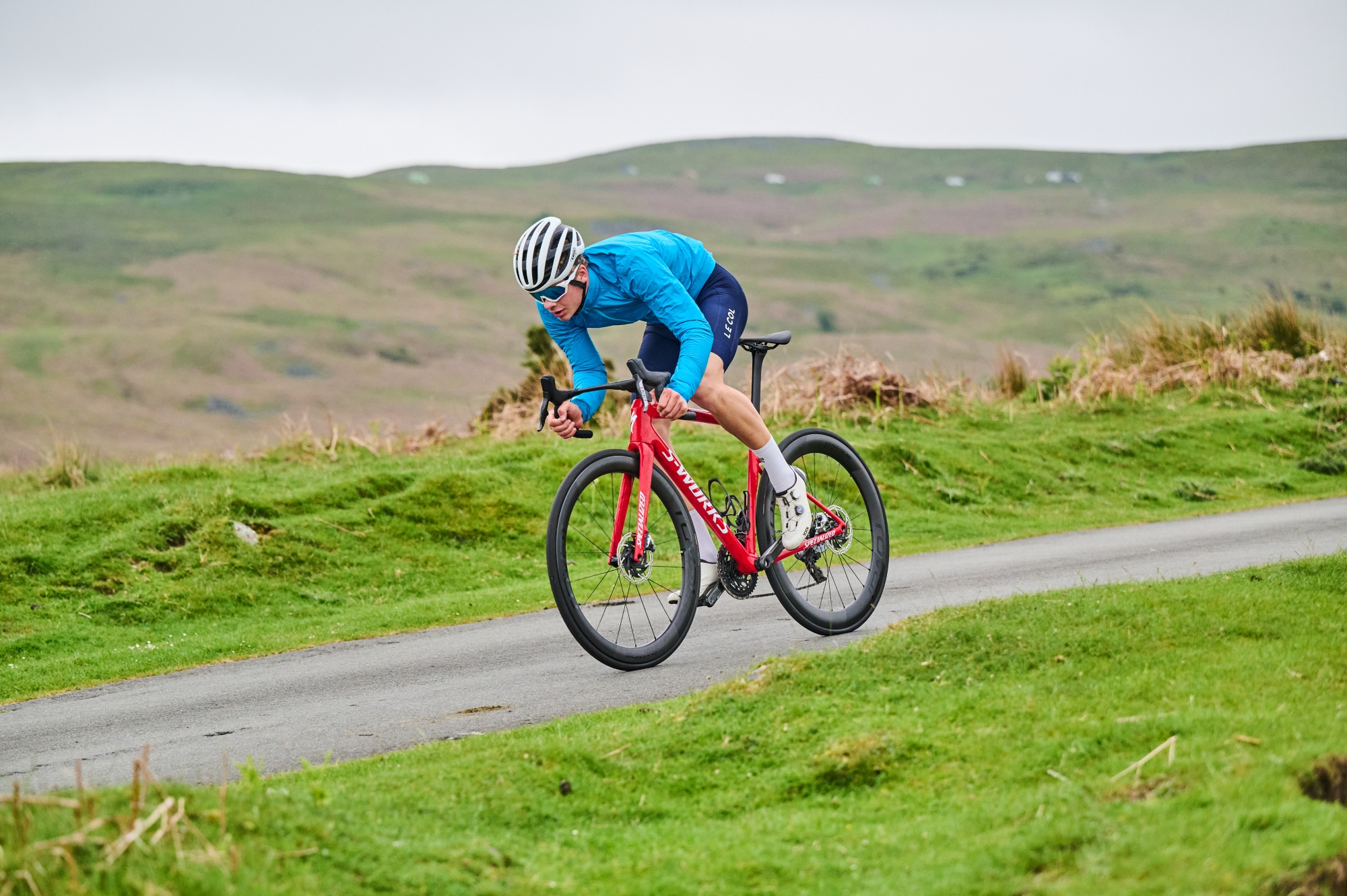
If going fast is your primary concern, whether in a race, event, or club run, then one of the best aero bikes is the way to go. While they’ve been a staple in the professional peloton for years, they're often favoured on the rolling and flat stages where straight speed is a priority.
However, times are changing, and in 2025, we saw the aero bike become king with all of the world's top riders selecting aero bikes, even for the most mountainous days. For example, the World Championship in Kigali, Rwanda, is now branded the toughest Worlds ever, due to the significant amount of elevation gain which Tadej Pogacar won on a Colnago Y1RS.
But... why is that?
A large part of this advancement stems from the fact that many aero bikes can now be built to, or very close to, the UCI's minimum weight limit of 6.8kg/15.9lbs. Where the best lightweight bikes once had an advantage in the mountains, this has now disappeared. It is also due in part to the speeds at which the peloton races. 2025 was a record-breaking year; we had the fastest-ever edition of the Tour de France, and the likes of Simon Yates smashed the record on the Finestre, en route to winning the Giro, on a Cervélo S5. So, aero bikes are needed more than ever to stay in the bunch, let alone take on actually attacking the race.
But...what could we mere mortals at home expect from an aero bike? In short, even at speeds as low as 13mph/20kph, you can see significant watt savings and efficiency. So, you don't need to be fast to ride an aero bike; it’s always worth remembering that the rider still creates the biggest obstacle, and you can always fit some of the best road bike wheels to the best road bike you already own and see significant efficiency gains.
The knock-on effect of this is that we have seen several high-profile fast bikes launched this year. However, it is still the Specialized Tarmac SL8 that leads the pack, and while it is not an outright aero bike like the Propel or Aeroad, overall it is a faster bike for it.
The Quick List
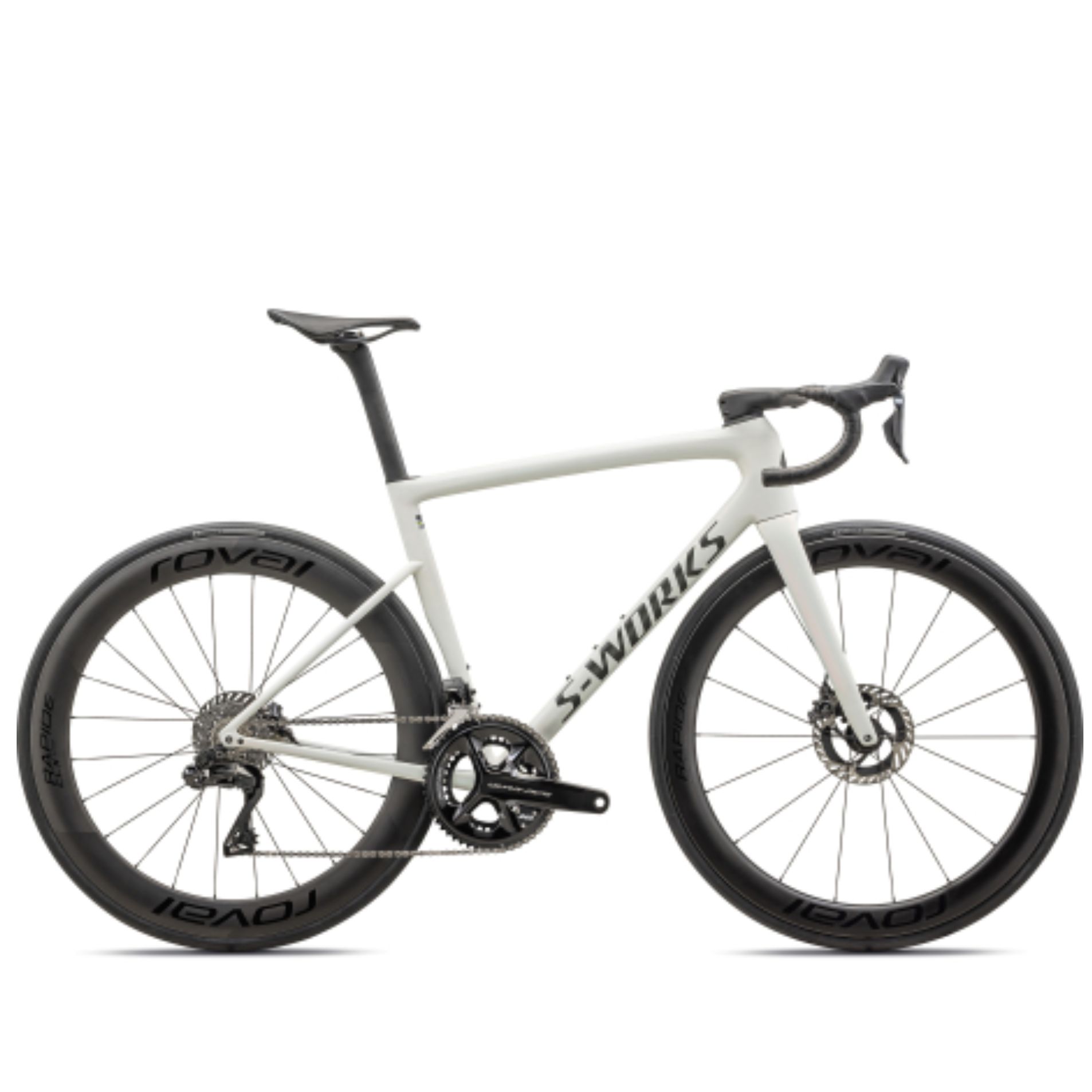
The revamped SL8 retains the agility of its predecessor, but now it's both stiffer and lighter - the SRAM Red AXS-equipped model weighs just 6.6kg.

The redesigned 795 Blade RS is stiff yet responsive, lightning-fast, and surprisingly comfortable. In short, an aero all-rounder.
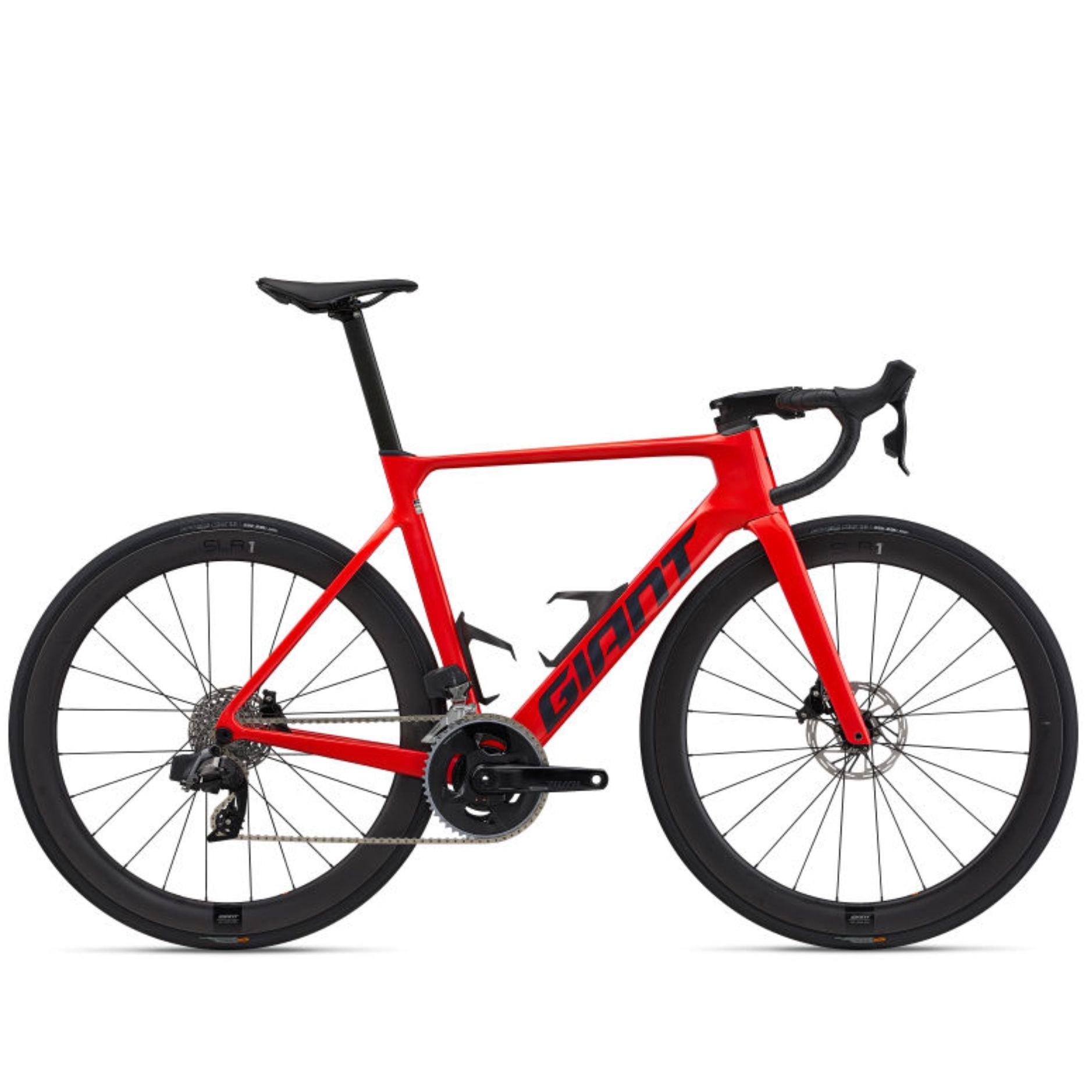
It's a relative term when you're discussing high-end aero bikes, but the Propel Advanced Pro 1 does deliver a lot of bike for the money.
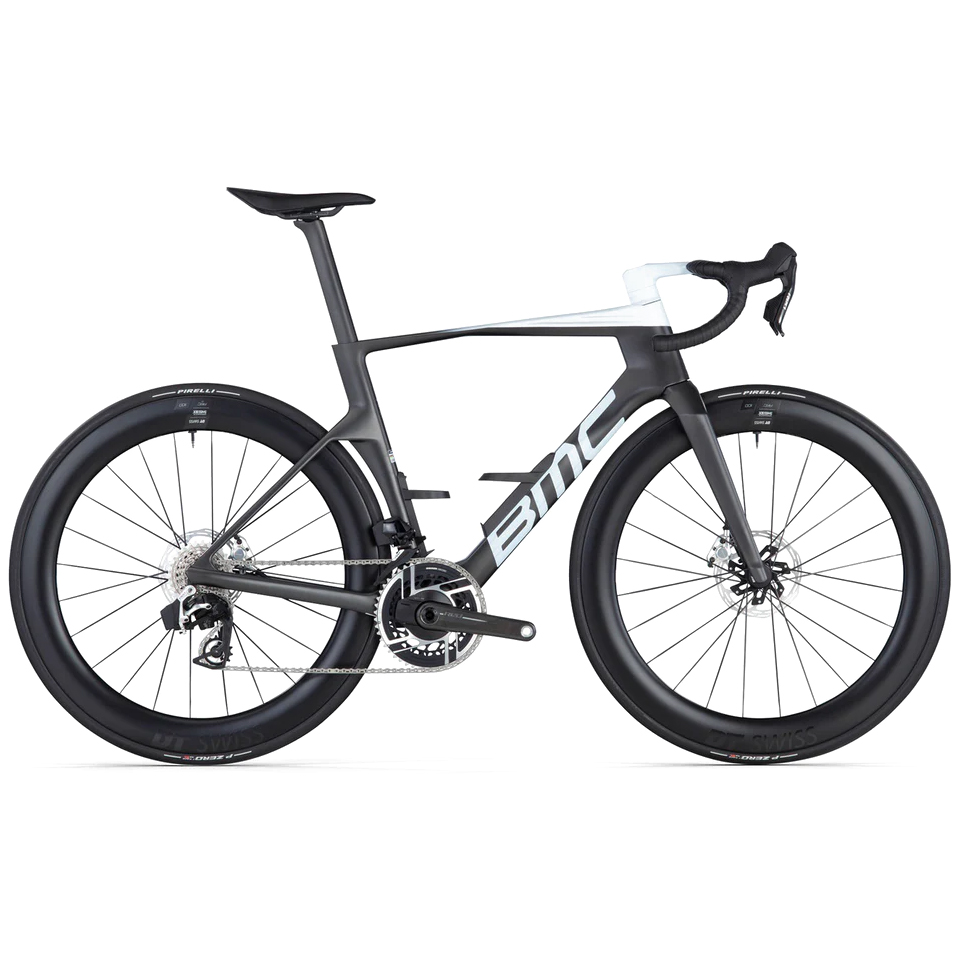
The Teammachine R 01 One is a thoroughbred. A bike with a single focus, one that is unrelenting in its pursuit of speed. While this means it's fast, it comes at the expense of comfort, making it a suitable option only for those seeking gains at any cost.
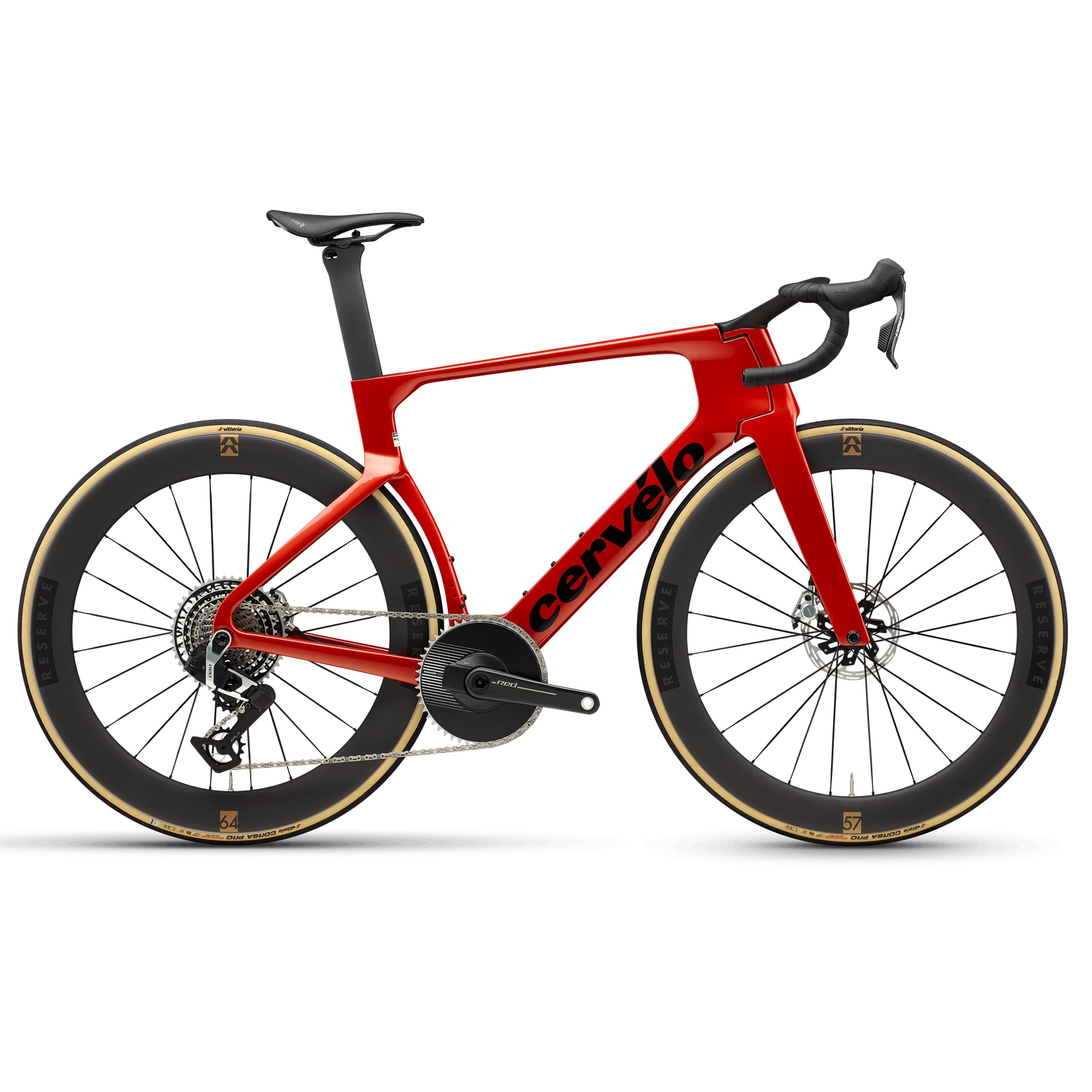
Officially, the world's fastest bike in a wind tunnel, the latest, now much lighter and refined S5, suffers like so many others with ever-rising bike prices, especially when you still need to spend extra cash to get a good fit.
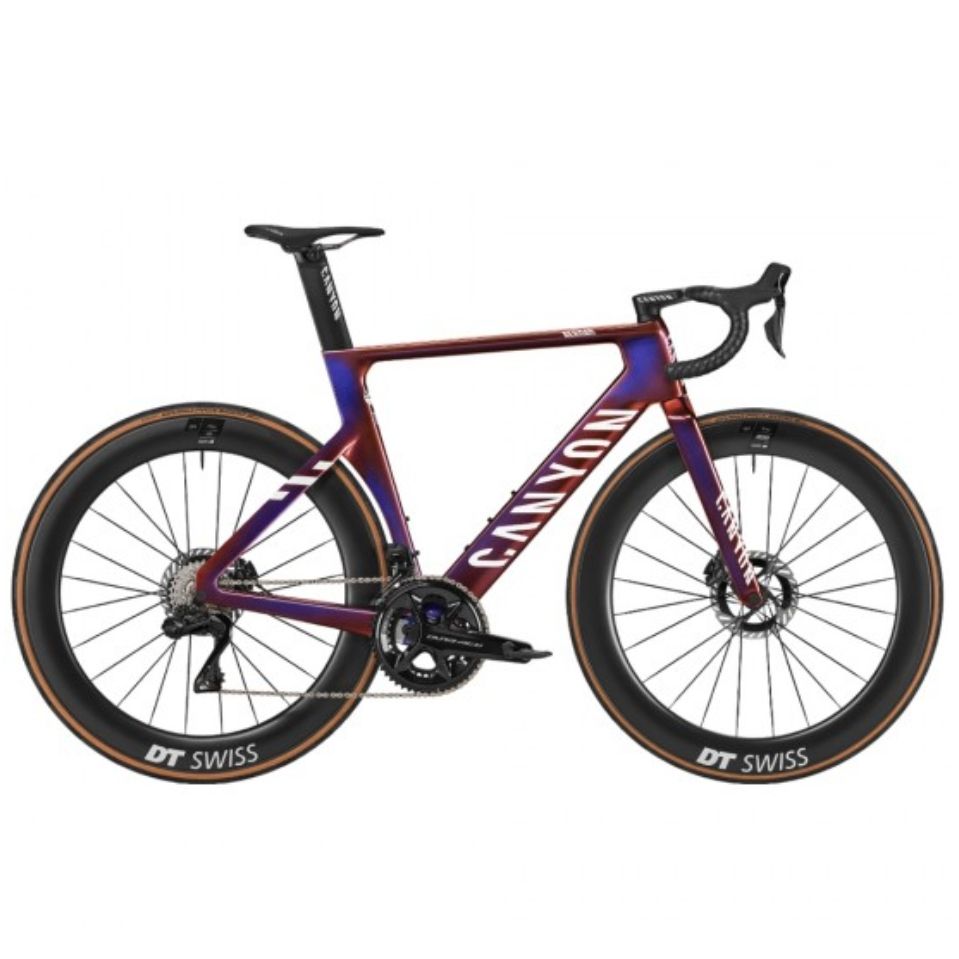
The Aeroad is light and fast and holds its own among the best aero race bikes. The adjustable cockpit is an added bonus with three width settings.
Best aero bikes: our picks
Best aero bike overall
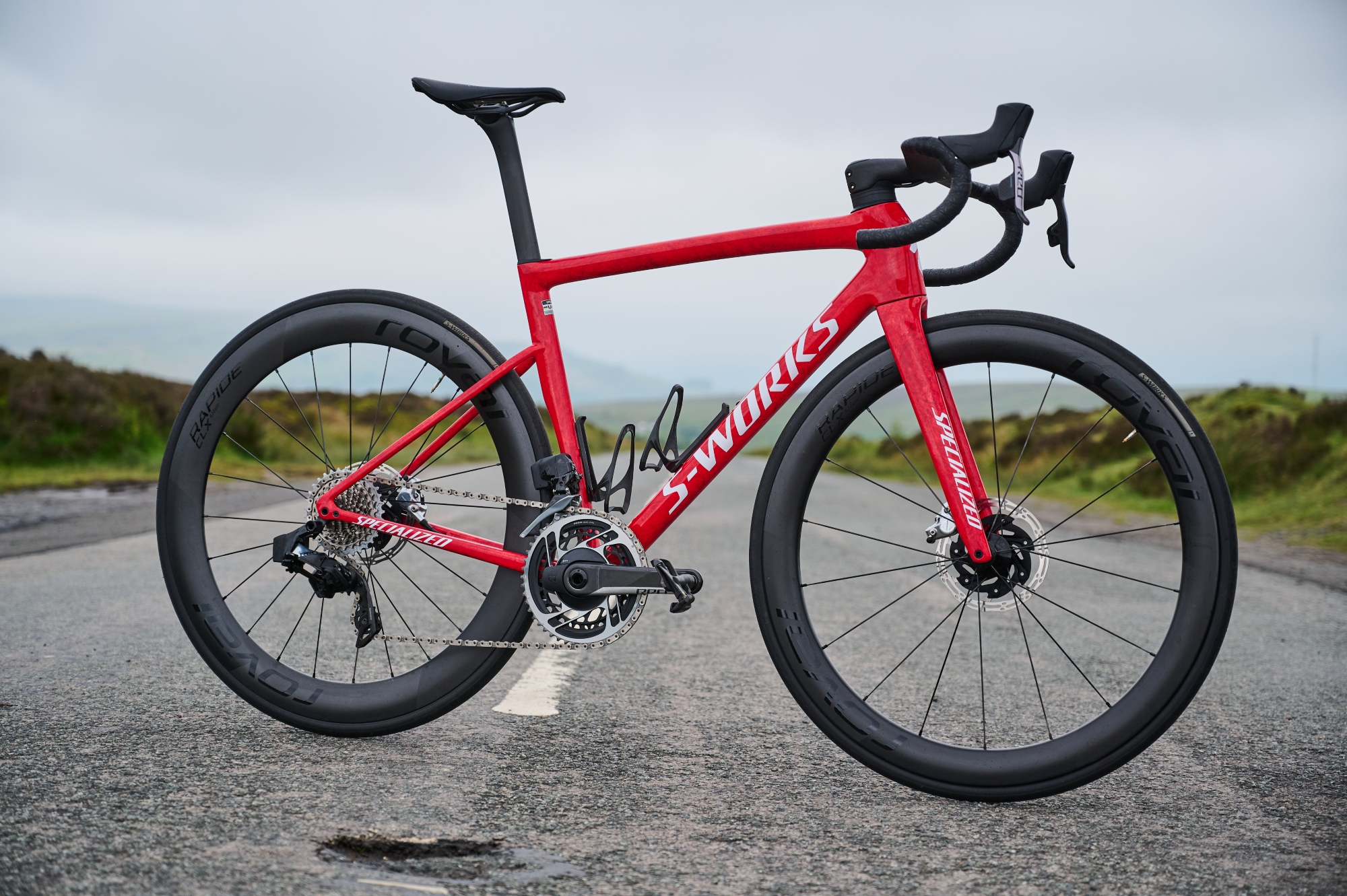
Specifications
Reasons to buy
Reasons to avoid
The new SL8 builds on the aero all-rounder profile of the previous Tarmac. Designed a race bike for all occasions - or stages - the update is said to be lighter, stiffer and more aero.
Certainly the drop in frame weight is notable. Using the same layup as the featherweight Aethos, Specialized have shaved off the grams, with the SL8 frame weighing just 685 grams. This helps make for a total weight of just 6.6kg for the S-Works model in a size 56cm.
We found it added up to a bike that's super stiff and just as responsive. If you like the SL7, you'll be pleased to read that the geometry of the SL8 is much the same. The result is the same playful characteristics that translate to a fast and snappy ride feel.
Perhaps unsurprisingly then it won our most recent Race Bike of the Year Award, where it's ability to do everything well shone through. If you're looking for a single bike to race and train on across varied terrain, the Tarmac SL8 is tough to beat.
Read our full Specialized S-Works Tarmac SL8 review
Best aero all-rounder

Specifications
Reasons to buy
Reasons to avoid
The updated Blade 795 RS was our favoured aero bike in last year’s Race Bike of the Year Awards. And with good reason.
Look has managed to successfully add stiffness at the bottom bracket, by 7% according to the French marque. We found during testing that this was certainly noticeably compared to the outgoing model and made it a real handful when sprinting. The bike accelerated without any discernible flex in the BB, even when we were hitting 1500 watts.
Improving the overall aerodynamics of a bike but without resorting to the super-deep truncated tube profiles that you typically see on a dedicated aero bike isn;’t easy. But Look has achieved it with the 795 Blade RS. The tube shapes are optimised for race conditions and take into account comfort and efficiency as well as out and out speed. The result, we found, was an aero bike that’s far more than just a one-trick wonder.
Like most aero bikes, the Blade isn’t the lightest out there. Our size medium Ultra High Modulus carbon fibre frame weighed in at 945g, with the overall build topping the scales at 7.48kg. However, it hides the weight relatively well; we found that it climbed with confidence while maintaining an amazingly smooth ride feel across any terrain.
Read our full Look 795 Blade RS bike review
Best aero bike for value
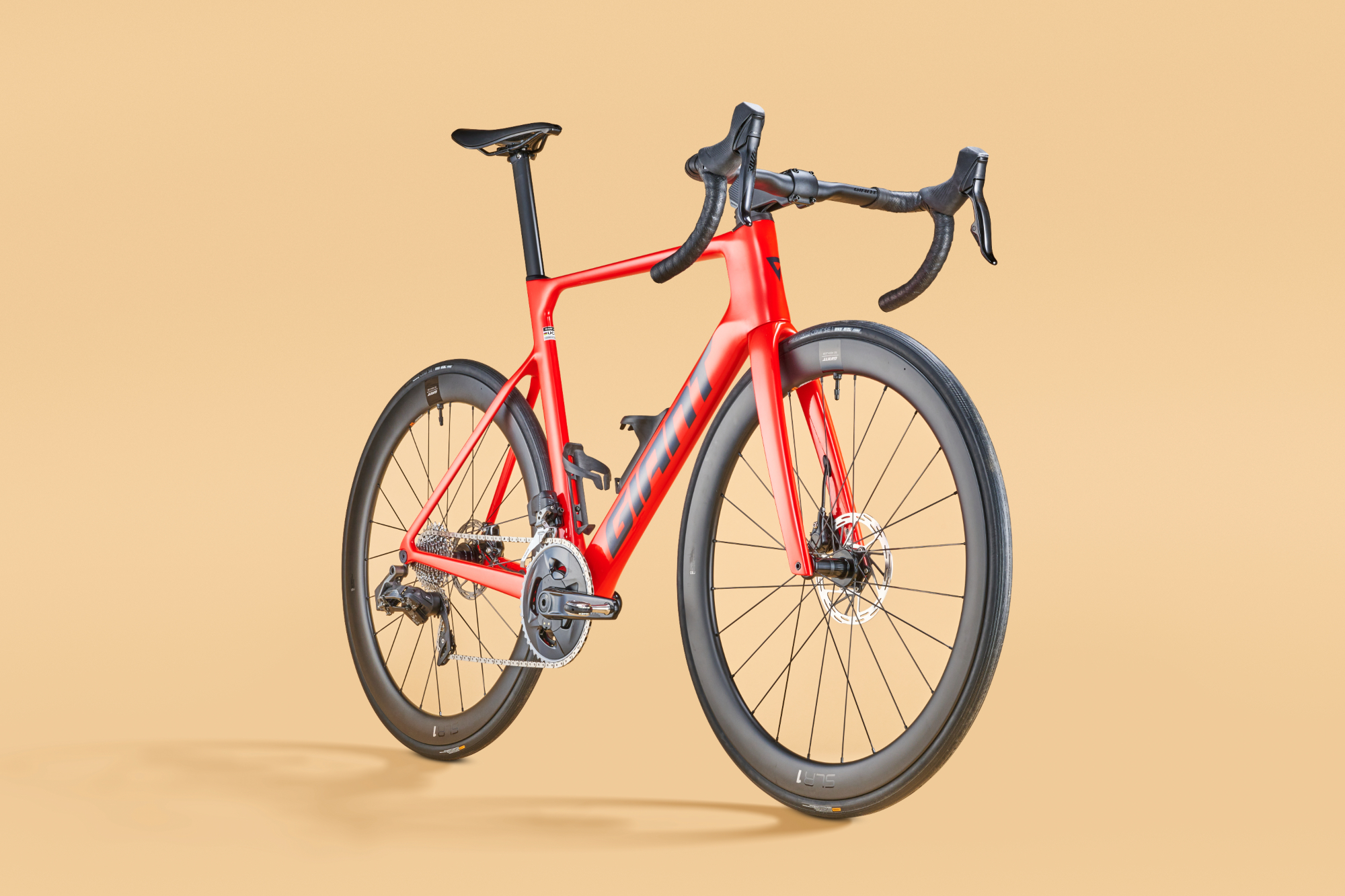
Specifications
Reasons to buy
Reasons to avoid
The updated Propel saw it slim down a little, especially the frame's rear triangle. It's helped make it more comfortable and a little more versatile, while still retaining it's genuine aero credentials. In fact, Giant says it's faster than the previous model by some 6.2 watts at 40kph.
Tire clearance has been upped to 32mm, which further aids comfort and handling. On review, it all added up to a smoother ride compared to previous iterations, so much so that it could easily be your every day road bike. If this raises eyebrows given the Propel's weight, we think that unless you live and ride in the mountains, it's unlikely to be a penalty - with the bike's innate speed more than making up for the number on the scales.
While the Propel Advanced can be had in various builds, our Advanced Pro 1 represented good value. While it's not cheap, it delivers unmatched performance-to-price ratio, making for an "excellent bike with an exceptional price".
Best Aero Race Bike
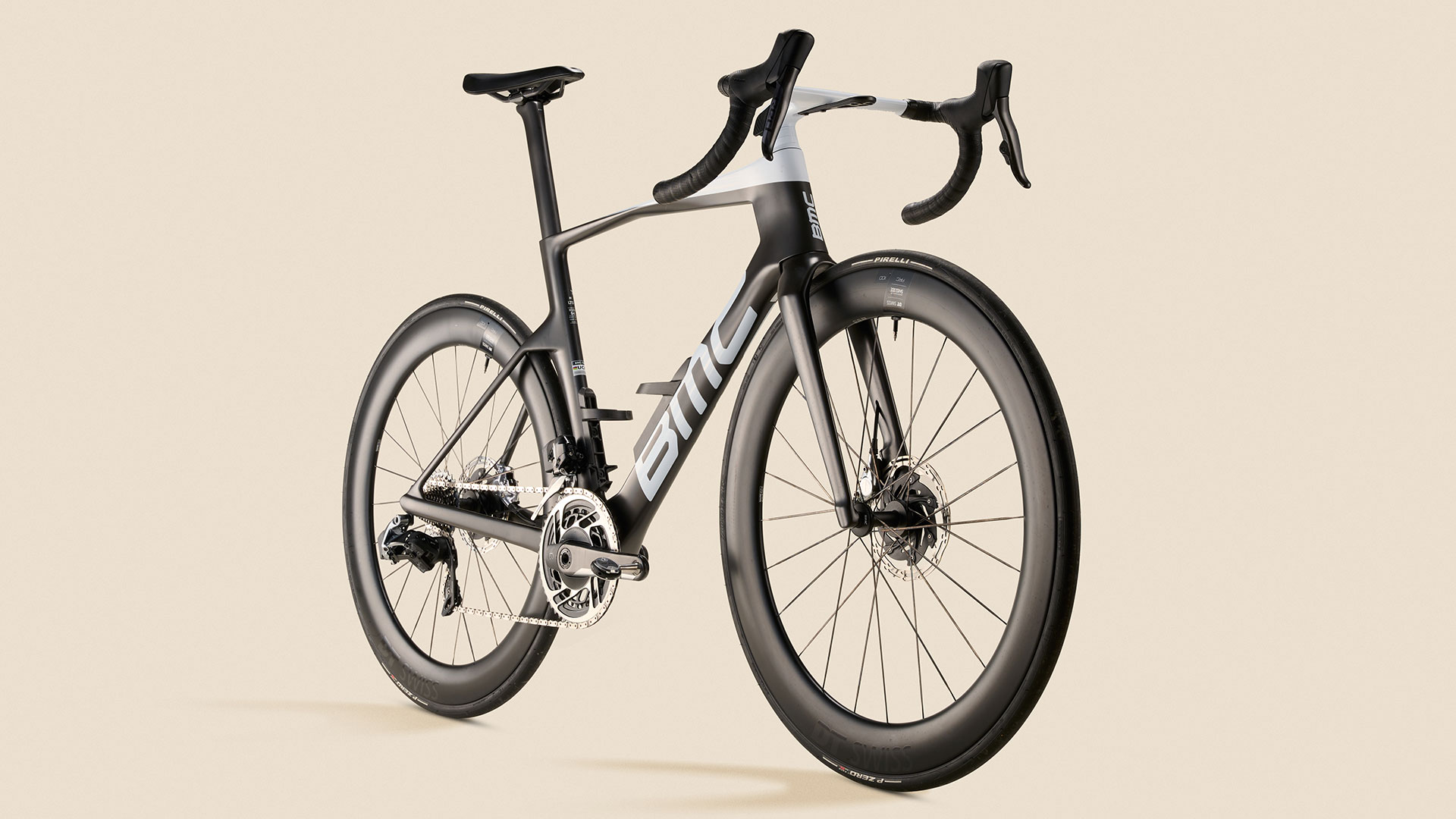
BMC Teammachine R 01 ONE
4. BMC Teammachine R 01 ONE
Our expert review:
Specifications
Reasons to buy
Reasons to avoid
BMC describes the R01 as ‘the most complete race bike we’ve ever made’, and it’s hard to argue with the Swiss brand. The attention to detail is to be commended. There’s the Aerocore bottle cage that sits flush with the frame to help reduce drag, a rubber cover for the stem clamp bolts and it comes with a mount for your cycling computer.
As for the frame itself, there are wind-cheating features aplenty, from the hourglass head tube to the seat tube that floors the curve of the rear wheel. The Halo fork is particularly noteworthy, with the extra width offering plenty of clearance around the tyre, which is said to create better airflow around the wheels.
Out on the road, the BMC shines best when it’s rolling on smooth tarmac. Unfortunately for many of us these aren’t the roads we ride with regularity, and we found that on bumpy country lanes the bike isn’t the most comfortable, certainly after more than two hours in the saddle. However, find a patch of the smooth stuff and the Teammachine will purr along beneath you.
Naturally, the bike’s price is prohibitive but if you’re after a true race bike that’s aerodynamically enhanced then it’s hard to beat.
Read our full BMC Teammachine R 01 bike review
Fastest aero bike
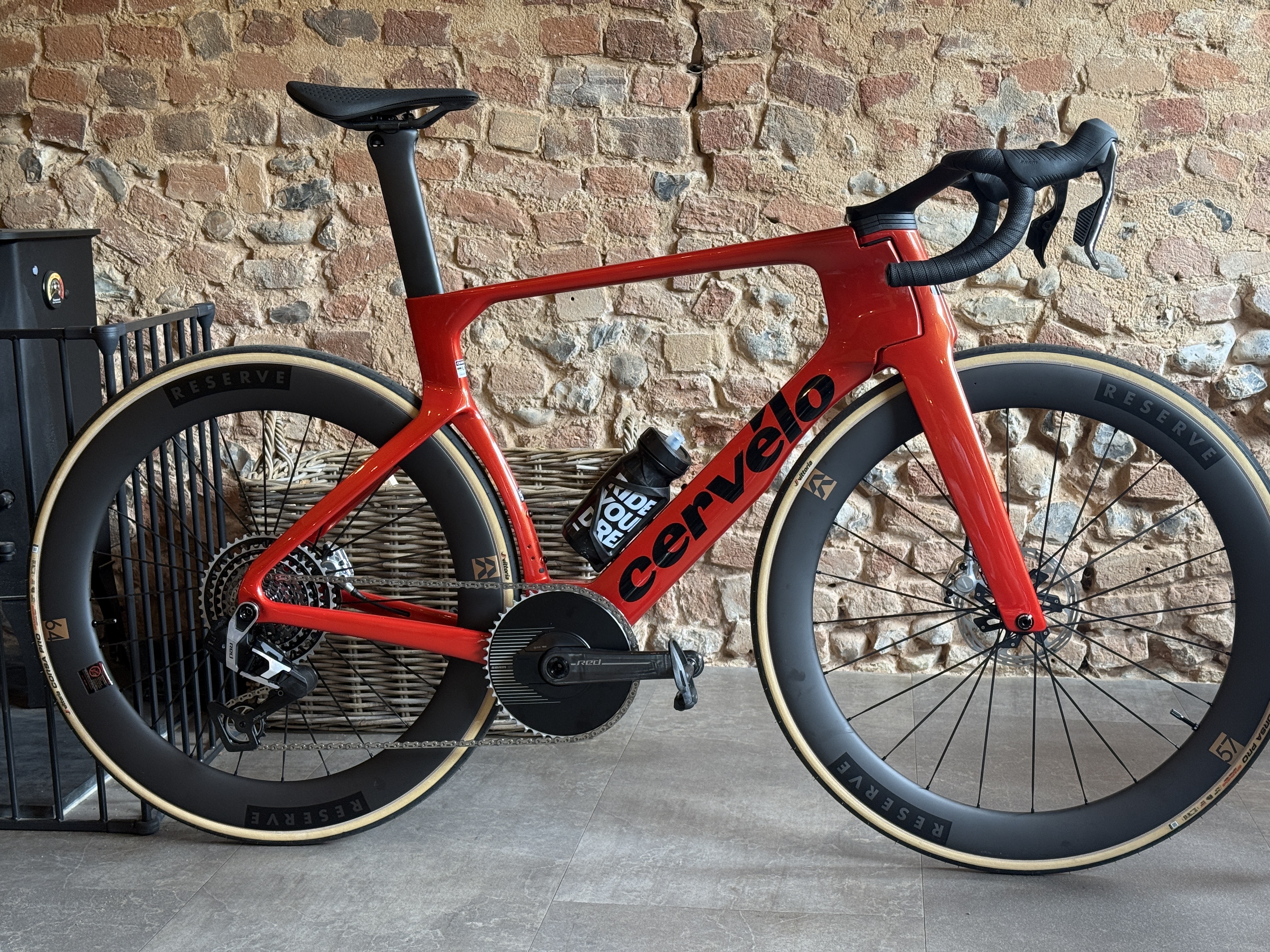
Specifications
Reasons to buy
Reasons to avoid
With refinement to the turn of a further 6.3 watts and over 120 gram saving, this the latest version of the uber fast Cervélo S5, helps it to retain its 'fastest bike in the world title'.
While I myself am not the most aerodynamic, the S5 certainly feels very fast out on the road. With weeks of speculation surrounding whether Jonas Vingegaard was riding a new S5, due to the lack of noticeable changes, Cervélo has left no stone unturned in the pursuit of further performance. Indeed, there is a healthy slice of 'if it ain't broke, don't fix it' when it comes to the overall aerodynamic concept, with the fork and handlebar seeing the majority of the watt-saving updates.
What I like about the S5 is that it's not too extreme like other aero bikes on the market. It is aggressive, don't get me wrong, but it strikes a decent balance, and the only change in geometry for this latest version is a welcome addition. This neutral feel carries over to the other areas of the bike. Sure, the handling is sharp and crack on when you want it to; however, it does so with little fuss or fanfare.
What stands out about this S5 over its predecessor, and what many aero bikes are now starting to consider, is the improvement in ride quality of these speed machines. Traditionally, comfort was seen as a weakness of an aero bike, and if you couldn't handle the stiffness, you shouldn't ride one. Thats not the case anymore, we have seen from the gravel world that comfort plays a big part in being able to ride harder for longer. Even on the potholed roads of North Norfolk, where previously the S5 would have almost definitely sent you flying into a drainage ditch. Now, not so much and a shining example of why you can't always visually see a performance.
I can't leave it there, though, as much as I'd like to. The new S5 is even better than the near-perfect bike it was; however, to have to spend even more to get things like a different seat post offset and bar dimensions is a bit rich, given how vital bike fit is at any level, regardless of the fact that this is now a £12k plus bike.
Read our full Cervélo S5 2025 bike review
Best aero bike for adjustment
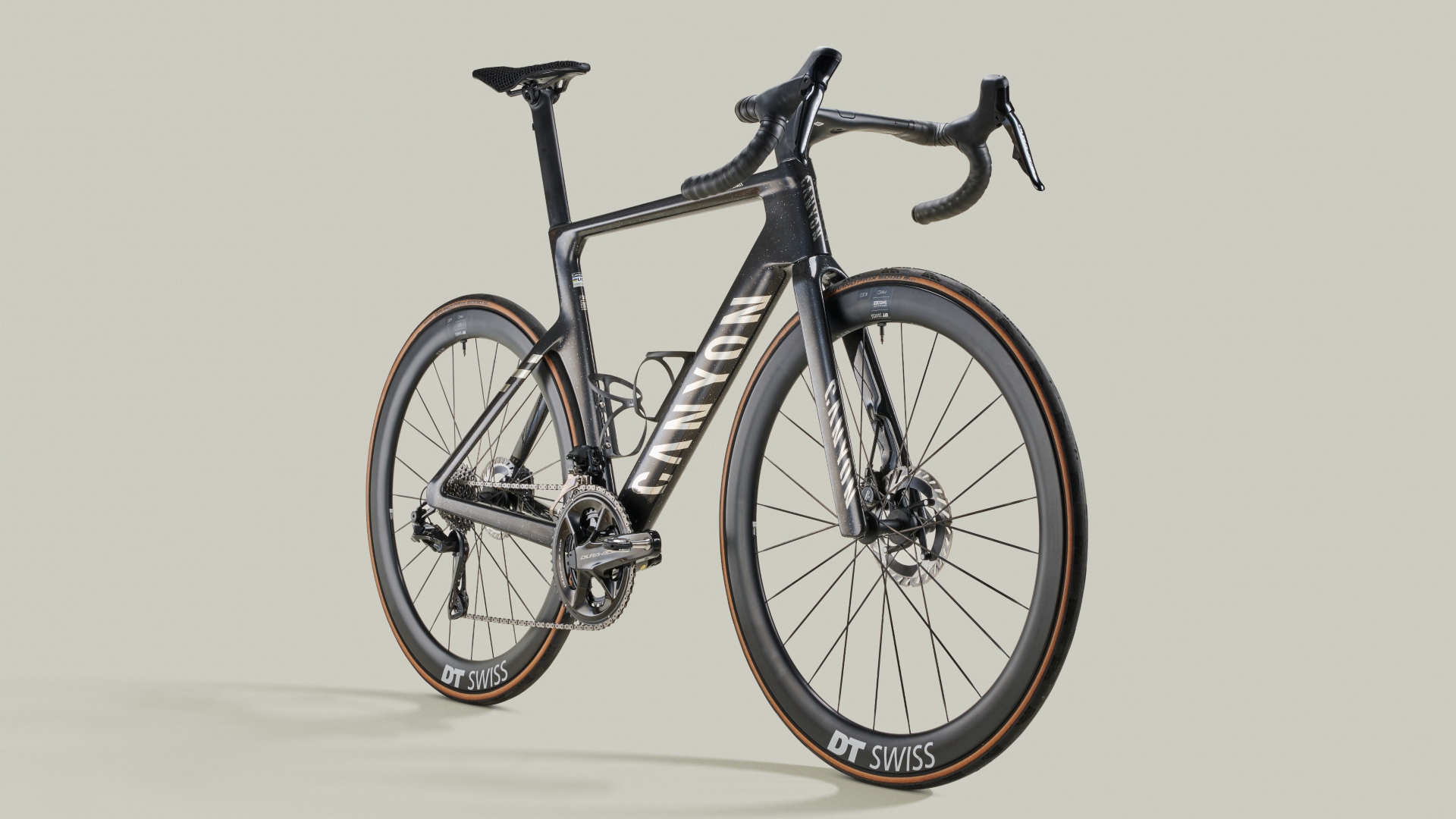
Specifications
Reasons to buy
Reasons to avoid
Another aero bike that makes a solid claim as being an all-rounder, the Aeroad is fast, responsive and pretty lightweight.
There's some compliance there too, with rear-end comfort delivered by a combination of a 28mm rear tire and a flexing seatpost. However, it's the Aeroad's level of adjustability that really sets it apart from other aero race bikes.
The stack height can be altered by 15mm without having to do any fiddly re-cabling or steerer tube cutting - but does require a proprietary headset tool. The width-adjustable cockpit, with Canyon says aids the bike's aerodynamics, delivers 40mm of adjustability, three width settings and collapsibility for travelling. Whether you feel the need to adjust your cockpit width is another question, however.
As for the ride quality, we found that the Aeroad excels on flatter terrain, both smooth and fast with bags of stiffness that aids acceleration. There are some compromises however when the road points up. We found that while impressed on short, punchy climbs, on longer, more sustained climbs, the bike did feel a little less forgiving.
Read our full Canyon Aeroad CFR bike review
How we test the best aero bikes
Here at Cycling Weekly, we have a dedicated team of testers whose role is to evaluate a variety of cycling products. They write honest reviews based on their daily use of these products. With their extensive experience, they can effectively compare products, highlight their strengths and weaknesses, and provide an unbiased assessment of their performance.
When testing road bikes, we cover hundreds of miles, evaluating various aspects of their overall performance. We consider the bike's intended purpose—whether it's an aero race bike, a lightweight climber, or an endurance model—along with more general factors like build quality, specifications, durability, and value for money. Don't believe me? Check out Joe's Race Bike of the Year group test, where many of the bikes in this guide were put to the test. Joe rode over 2000 kilometres in the pursuit of the best road bikes last year.
During this testing, our reviewers use their regular routes to assess skills like descending, climbing, and sprinting, enabling comparison with other tested models. Completing these base miles on a repeatable route provides comparable data, such as average speed and familiarity over various surfaces. Routes should include diverse terrain: a long climb, a short steep one, a long drag, flat exposed sections, and urban traffic areas. Reviewers must do at least one long ride on each bike, typically 60-100km or more, and ideally participate in a group ride or race.
Learn more about our testing of the best road bikes and all the products we review over on our How We Test page.
How to choose the best aero bike
There are a few things to consider before opting for an out-and-out aero bike, particularly since you can get many of the benefits of a full-on aero bike from an aero optimised all-rounder road bike.
Why would you buy an aero bike?
Well that's a very good question that. With the Cycling Weekly wind tunnel still seeking funding from the powers that be, we can't answer with complete scientific accuracy. However, we have conducted a couple of experiments in the past that have compared the performances of aero bikes with non-aero bikes.
In the first of these, we took two bikes to a velodrome to test how much faster is an aero bike. We rode each bike (a now superseded Cervélo S5 and Canyon Ultimate CF SLX) for 10 minutes at 200W and 10 minutes at 300W, with the aero bike being 275m ahead and 1.7kph faster when ridden at 200W, and 435m ahead and 2.6kph faster when ridden at 300W.
In the second experiment we pitched an aero bike (again the Cervélo S5) against a lightweight bike (a Focus Izalco Max) on a climb, tackling Box Hill in Surrey twice on each bike, again at 200W and 300W, to see which climbs faster, despite the Cervélo S5 being 800g heavier.
However, this time it was the lightweight bike that came out on top. At 200W, it took our test rider 9:24 to tackle the 2.5km climb on the aero bike at an average speed of 15kph, while the lightweight bike was 18 seconds faster with an average speed of 16kph.
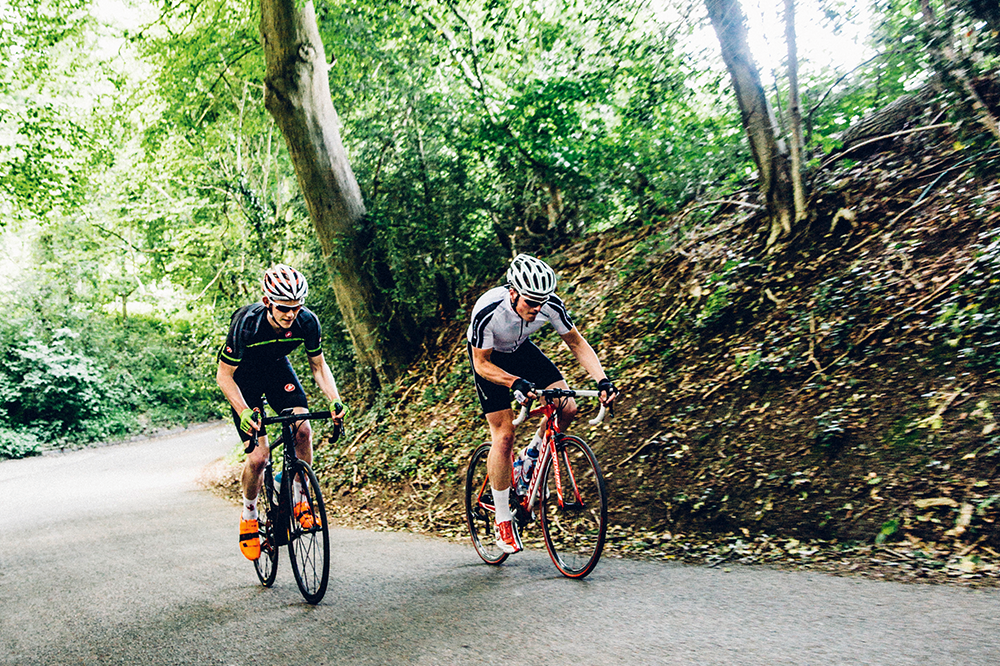
The faster you ride, the most important an aero bike becomes, even when climbing
At 300W, the lightweight bike was still faster, but the gap between the two was reduced, with the aero bike only being seven seconds slower with a 0.4kph difference in speed. This shows how much more important aerodynamics become at higher speeds, while weight is more of a factor at lower speeds.
The take home message then, is that for most riders over most terrain, an aero bike will be faster than a lightweight bike. The only case where weight begins to become more of a factor is on steeper climbs where you're travelling more slowly, and even then any time gains could well be balanced out on the descent, where the high speeds are going to make aerodynamics a factor again.
What features should I look out for in an aero bike?
At a most basic level, all aero bikes should come with tubes that have been shaped to smooth airflow, meaning that they will have a slender front profile but elongated rearwards.
However, manufacturers can't go crazy if they want to see their bikes used in races, with the UCI's rules still restricting how deep tube profiles can be. The latest iteration of the rules has relaxed those governing tube shapes though, so the latest crop of aero road bikes has significantly more aero tuning than its predecessors.
Whereas the first aero road bike, the original Cervelo Soloist, had teardrop shaped tube sections, all now use kammtail tube profiles. This means that the tube retains an aerofoil shape at the front, but with the back half lopped off to give it a flat back.
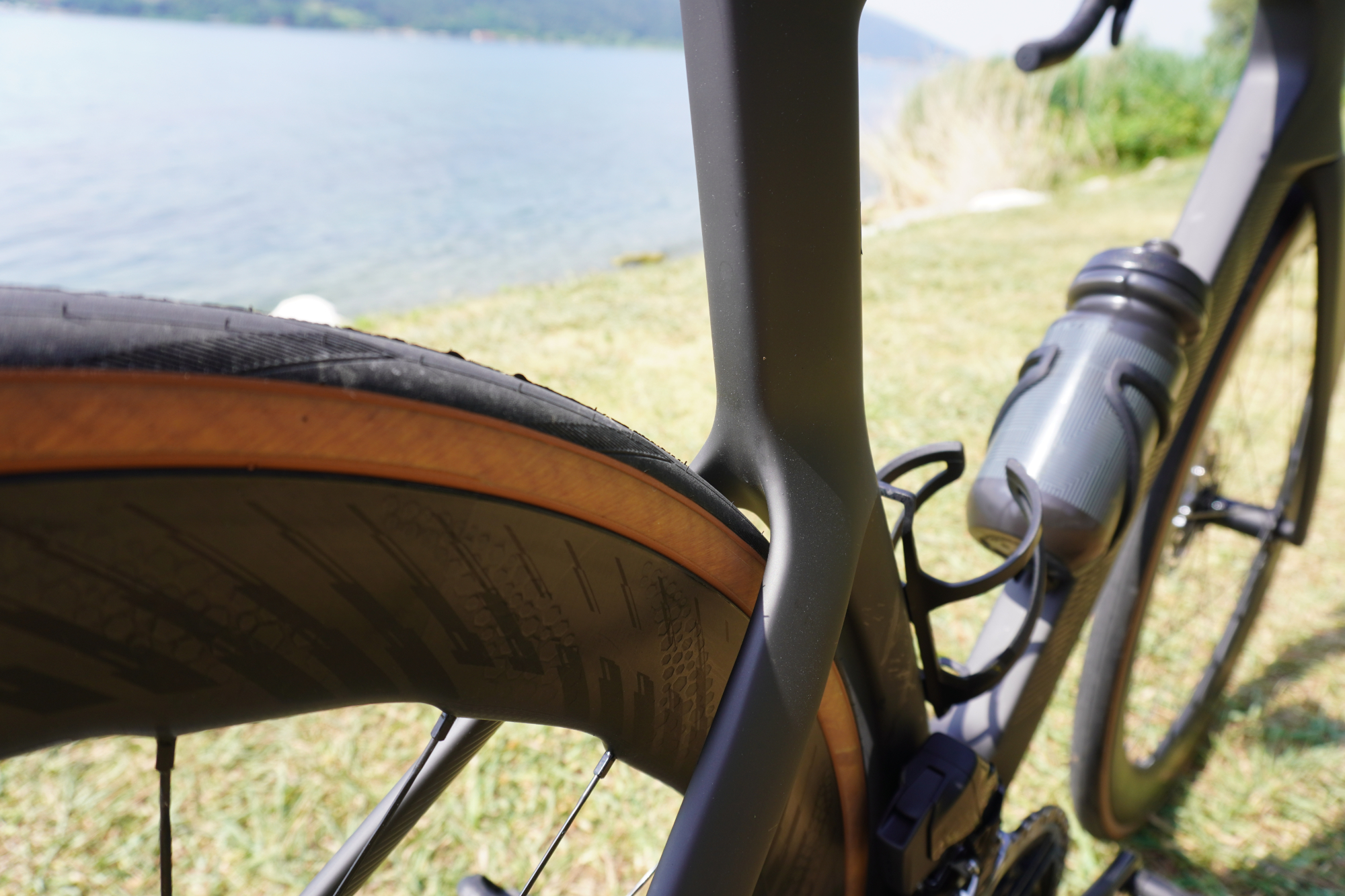
Dropped seat stays and kammtail tube profiles are marks of an aero bike
A lot of people say that aero bikes now all look the same and a possible reason is because of the use of popular dropped rear stays, which the industry has collectively decided is the most aerodynamic shape. Helpfully, it's also comfortable, too.
Many aero bikes include a chunky bottom bracket shell. Again, this enhances aerodynamics as the air flows more smoothly over the bottom bracket area. It also adds stiffness and improves pedalling efficiency.
What is integration and what's its benefit?
Integration is also a big feature of aero bikes, with almost all aero bikes aiming to hide as much hardware as possible within the frame.
The key to this is cable routing. The sleekest aero bikes keep the gear cables and brake hoses hidden, routing them through the handlebars, stem, and frame before they emerge close to their partner components, usually on the rear side of the tubes to keep them out of the wind.
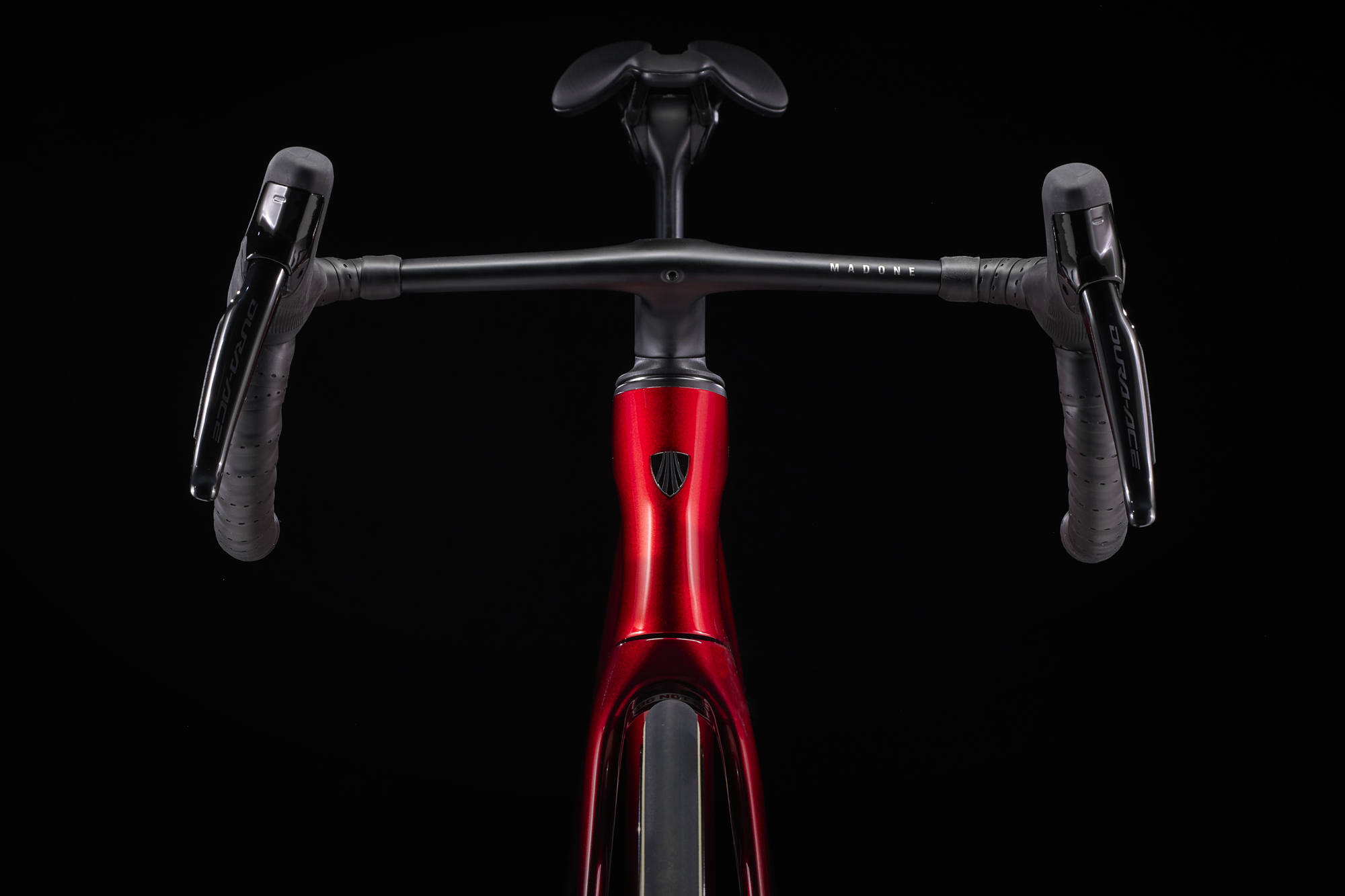
It's a feature that's now common on the best all-rounder road bikes too and that's made easier by the switch of high-end road bike groupsets to wireless electronic shifting.
You can also expect an aero profile seatpost with a hidden clamp, which will reduce turbulence. Many aero road bikes also include features to shield the bottles and bottle cages from the airflow and reduce turbulence around them.
Now, however, the market has moved a long way from integrated brakes, and disc brakes are the most common stoppers that you'll find on aero bikes, with some models even being disc brake specific. The bike brand's argue that they've managed to design the latest models around the rotors, or generate more aero savings across the frame.
However, possibly the most important part (or parts) of a seriously sleek aero bike are the wheels. Again, there's been a lot of development in the best road bike wheels with wheel makers typically wind tunnel testing them to enhance their aerodynamic performance in a headwind and stability and aero gains in crosswinds.
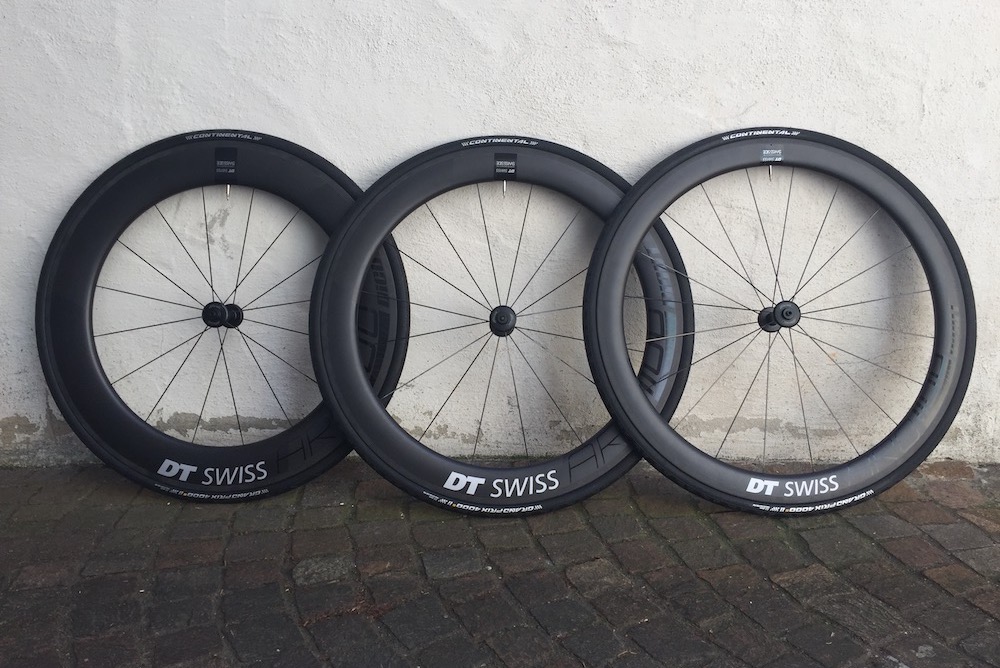
Deep section wheels are the norm on aero bikes
How easy is an aero bike to live with?
Yes, for most people on most terrain, an aero bike will be faster, but if you're considering buying one, you also have to weigh up what day-to-day life will be like with your new pride and joy.
It used to be the case that the more aerodynamic the bike, the more difficult it was to live with, mostly because of complicated internal cable routing. This can make altering cable and brake hose length or raising and lowering stack height a bit of a pain because it involves cutting cables and bleeding brake hoses to do so. However, many modern aero bikes now come with split spacers, which makes this process a lot easier.
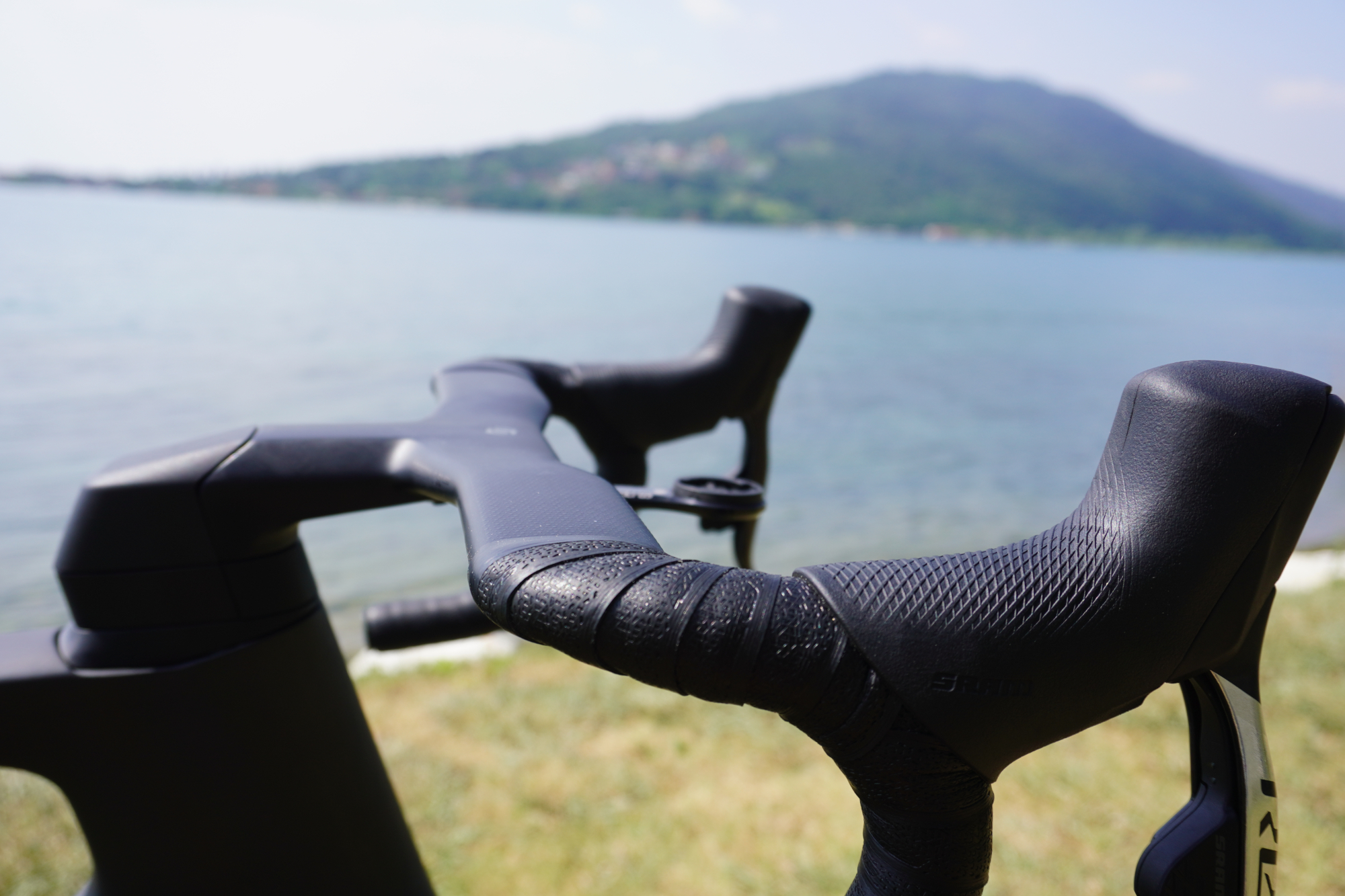
Aero integrated handlebars can make cable and brake hose mechanics a bit more difficult
Finally, if you're going to get the most out of your aero bike, then you might want to fit a rear light to up your road presence or you may occasionally find yourself riding in the dark. In this case, aerodynamic seatposts and handlebars can make it a little tricky to fit bike lights,
A standard best bike computer mount probably won't fit to aero handlebars, so you'll often need an out-front mount that's specific to your bike. It may be included with the bike or in some cases it's an extra.
Some makes allow you to fit an integrated rear light into the seatpost, so that it doesn't interfere with aerodynamics. The shape of the seatpost and an integrated light may also limit the saddlebags you can use - but you didn't really want to wreck your bike's aerodynamics with a bag on the rear did you?
How else can I be more aero?
Before you rush, wallet open, to your local bike shop in search of the latest aero bike, it's worth considering that there are plenty of other much cheaper ways to make some aerodynamic gains.
The vast majority of the wind resistance that you have to overcome while cycling is caused by you, so your position and clothing choice can make a big difference to your speed and there's a lot of aero optimisation you can do.
Riding in a low, crouched position with your hands on the hoods, elbows bent, is roughly 20 per cent more aerodynamic than riding upright with your hands on the tops.
Similarly, tight-fitting aerodynamic clothing and an aero cycling helmet can also make a significant difference. The benefits might not be as pronounced as with changing your position, but if you're riding along with a baggy rain jacket unzipped and flapping in the wind, even if it is one of the best waterproof cycling jackets, then you can wave goodbye to any gains that you might have got from your expensive aero bike and flash deep sections wheels.
How much should I pay for an aero bike?
With aero bikes now being available at almost all price points, it's more a case of how much can you afford to pay rather than how much do you need to pay.
At the top-end of the scale, it's not unusual to see aero bikes costing over £10,000 / $10,000, which should be enough to get you a cutting-edge frame matched with some pretty tasty components and deep section wheels for a seriously aero machine that's similar to a bike ridden by the pros.
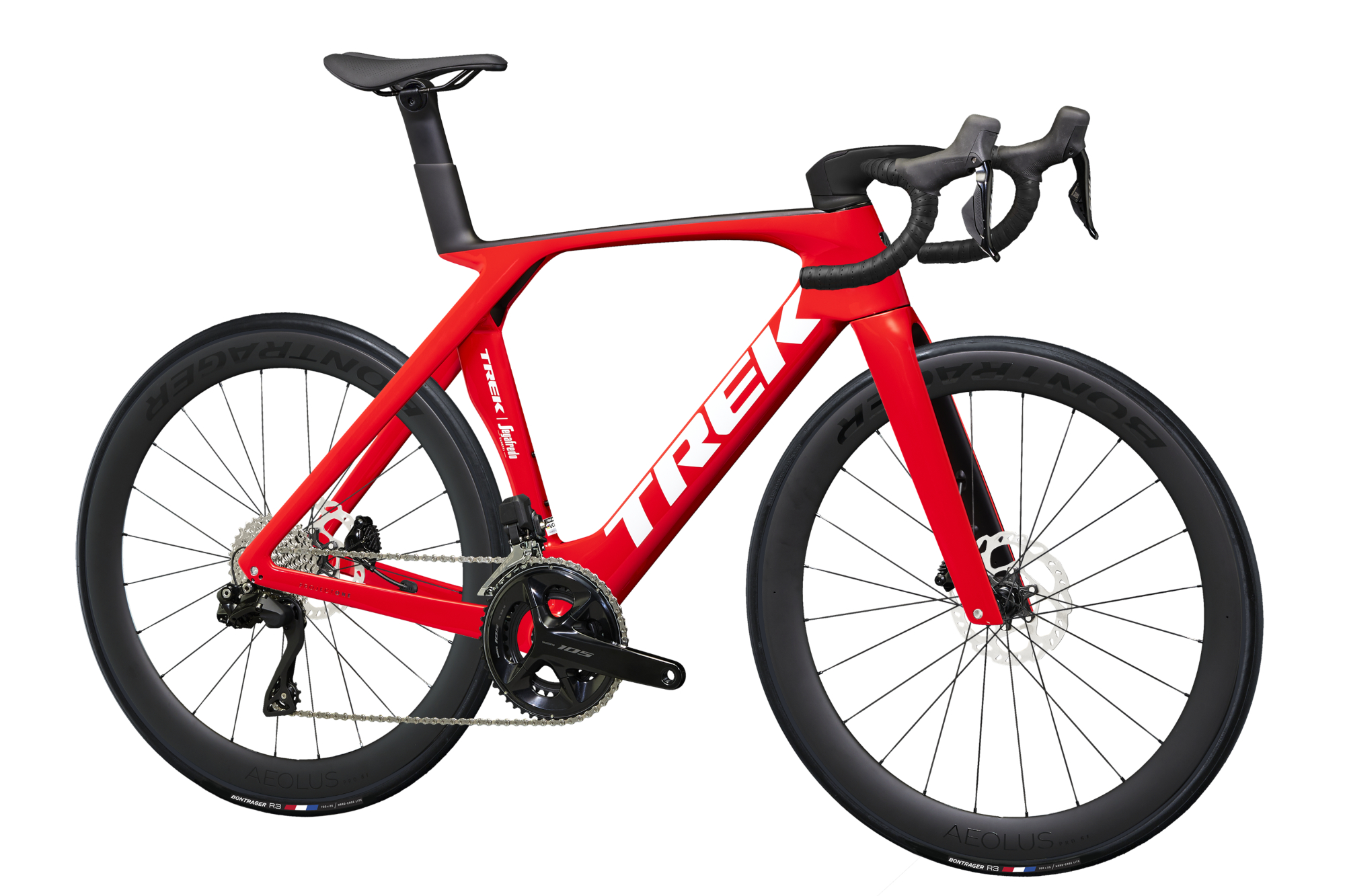
Top end models like a high spec Trek Madone will cost over £10,000 / $10,000
However, for a lot less you will often be able to pick up a bike with a frame that might not have the same premium quality carbon fibre (and so may be less stiff and will usually be heavier) but will have the same shaped tubes which will still be subject to the same laws of physics, at least on the flat and downhill.
Wheel choice is also important when considering how much to pay for an aero bike. If you already have aerodynamic, deep section wheels, then there's no point in paying more money for an aero bike that comes with similarly posh wheels.
Instead, buy the bike with the cheaper wheels, take these off to use as training wheels, then put on the deep section wheels that you already own for race days.
The latest race content, interviews, features, reviews and expert buying guides, direct to your inbox!
Paul started writing for Cycling Weekly in 2015, covering cycling tech, new bikes and product testing. Since then, he’s reviewed hundreds of bikes and thousands of other pieces of cycling equipment for the magazine and the Cycling Weekly website.
He’s been cycling for a lot longer than that though and his travels by bike have taken him all around Europe and to California. He’s been riding gravel since before gravel bikes existed too, riding a cyclocross bike through the Chilterns and along the South Downs.
- Matt Ischt-BarnardEcomm and Tech Writer
- Luke FriendFreelance writer
